Best friends forever
Hans Thuar
This is a photograph of August when he was about seventeen.
Portrait of August Macke, around 1904, photogaphy,
LWL-Museum für Kunst und Kultur, Macke-Archiv
August Macke August Robert Ludwig Macke was born in 1887 in Germany, in a region called Sauerland. He did not have much time to develop his artistic potential, because he was killed in the First World War at the age of twenty-seven. Today, cheerful and brightly coloured paintings are considered typical of his style. drew a lot during his childhood and created many colourful images from the age of twelve onward. These brightly coloured pictures are still famous today. Get ready to learn about him and his works from letters he wrote and things his friends said about him!
Get ready to learn about him and his works from letters he wrote and things his friends said about him!
Best friends forever: Hans Thuar
Hans ThuarHans Thuar, August’s best friend, was also born in 1887. A long time later, his daughter Gisela married August’s son Wolfgang. Hans painted many landscapes. Today, an art award and a street in Bonn are named after him. and August were friends for life. Yet their friendship did not start out so friendly: The two boys were neighbours and fought the first time they met. It was Easter, and ten-year-old August purposely smashed some eggs painted by Hans, so Hans scooped up the egg whites and yolks and smeared it on August. After that they both laughed and did everything together from then on.
When he was eleven years old, Hans was run over by a streetcar and lost both of his legs. He was very sad in the hospital, of course.
„Then August came. He came almost every day. The first time, he cried and made some dirty jokes about my lost legs. […] However, he was the only one who could give me hope. He drew and painted with my watercolours […]. He invented many funny things and brought to my bedside the beautiful world outside and that of our imagination.”
Hans later wrote. The two boys developed a desire to become artists as they painted together.
Source: Thuar, Hans: Erinnerungen an August Macke, Brief an Wolfgang Macke, Ramersdorf, December 1936. Edited and published by Andreas Pohlmann. In: Hans Thuar – August Macke. Schriftenreihe Verein August Macke Haus Bonn, No. 2. Bonn 1992, p.38 or 73.
The two friends painted similar landscapes. Can you tell who painted which picture? What do the paintings have in common and what is different?

The two wrote to each other often after August moved with his family from Cologne to Bonn. In one letter, August wrote enthusiastically about a girl named Elisabeth Gerhardt, with whom he had a crush:
„Hans, I am so happy. It is incredible. I can´t describe all this to you [...]."
Who is watching whom? August his great love while he paints or Elisabeth him?
Totally in love:
Elisabeth GerhardtElisabeth Gerhardt (1888–1978)grew up in Bonn, where her father owned a factory. She spoke several languages and was musically gifted. Elisabeth loved hats and was very interested in fashion. She wanted to be a writer, and wrote about her life with August for their two sons. This book includes some of the fondest memories of her husband.
August called Elisabeth “my second self.” He could share all his thoughts and ideas with her. She became his most frequent model and he created more than two hundred portraits of her.
Elisabeth and August at Lake Thun
Stimme Frau (Elisabeth)
Audio-Source: Erdmann-Macke, Elisabeth, Erinnerungen an August Macke, Frankfurt am Main 1987, p. 41f.
“Drawing was not really important in the beginning. It did not go all that quickly but the conversation, on the other hand, flowed like a river.”
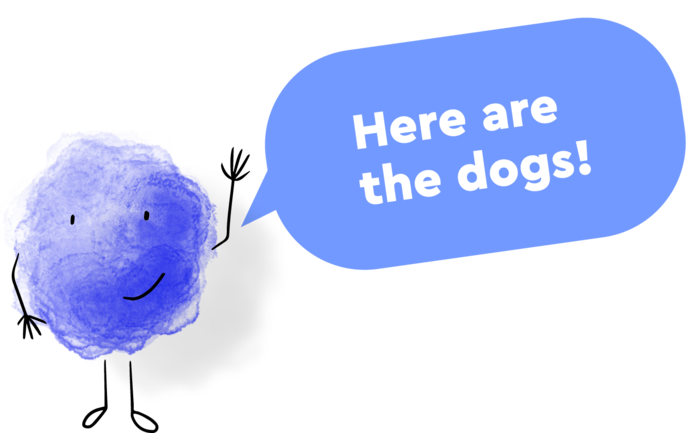
A magical love story
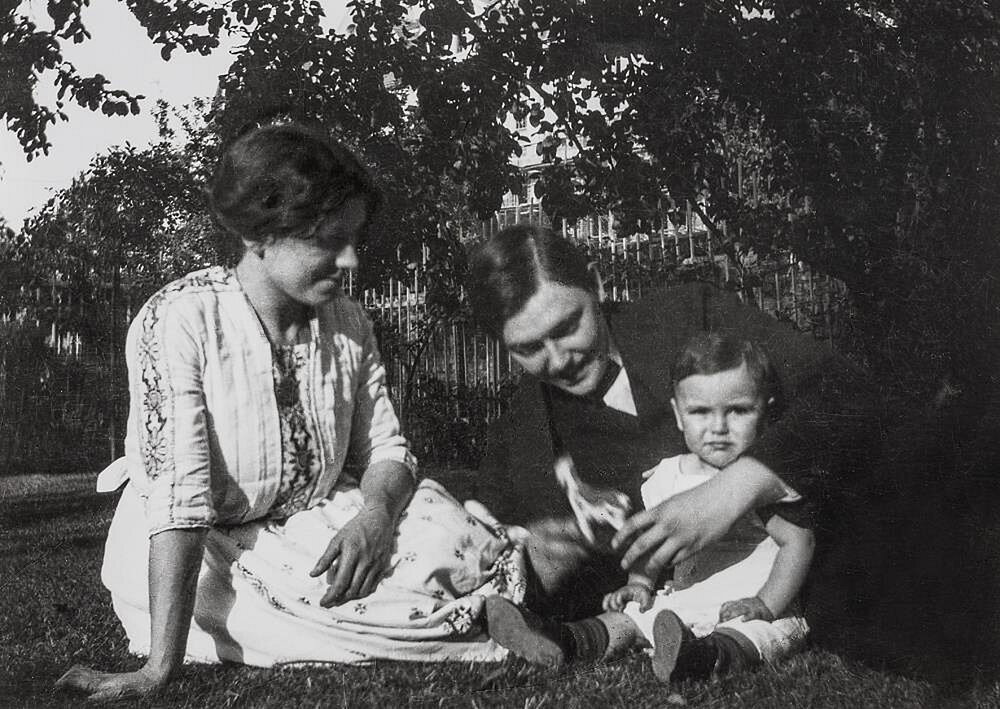
August and Elisabeth with son Walter sitting in a meadow
August and Elisabeth with son Walter sitting in a meadow, 1912, photography, LWL-Museum für Kunst und Kultur, Macke Archiv
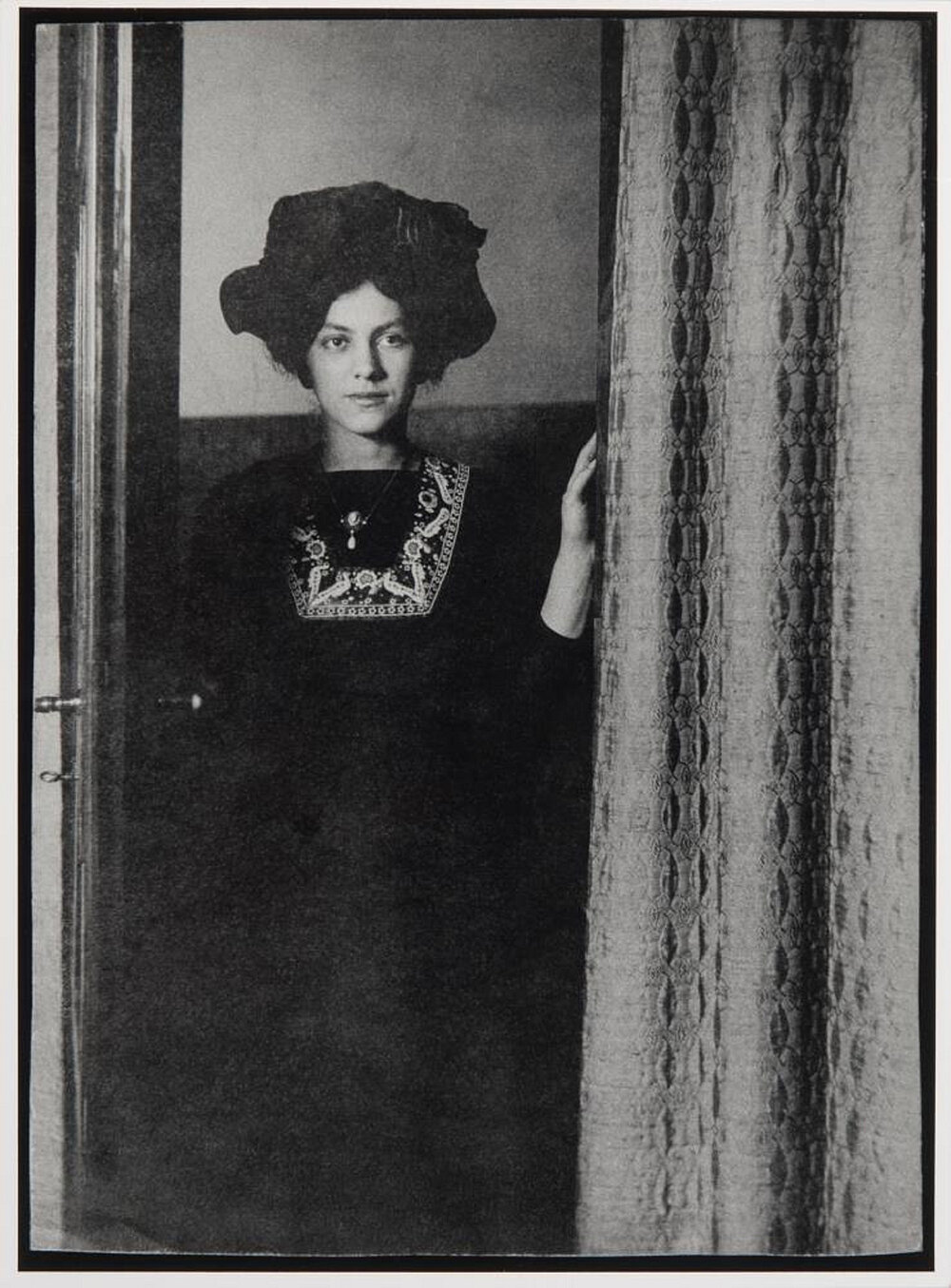
Elisabeth Gerhardt with hat
Elisabeth Gerhardt with hat, 1906, photography, LWL-Museum für Kunst und Kultur, Macke-Archiv
Elisabeth and August married in October 1909. He earned little from his paintings, but they lived on the money Elisabeth had inherited from her father. They had two sons: Walter and Wolfgang.

Everybody laughs: Elisabeth with her two sons Walter and Wolfgang.
Elisabeth with Walter and Wolfgang, without year, photography, LWL-Museum für Kunst und Kultur, Macke-Archiv
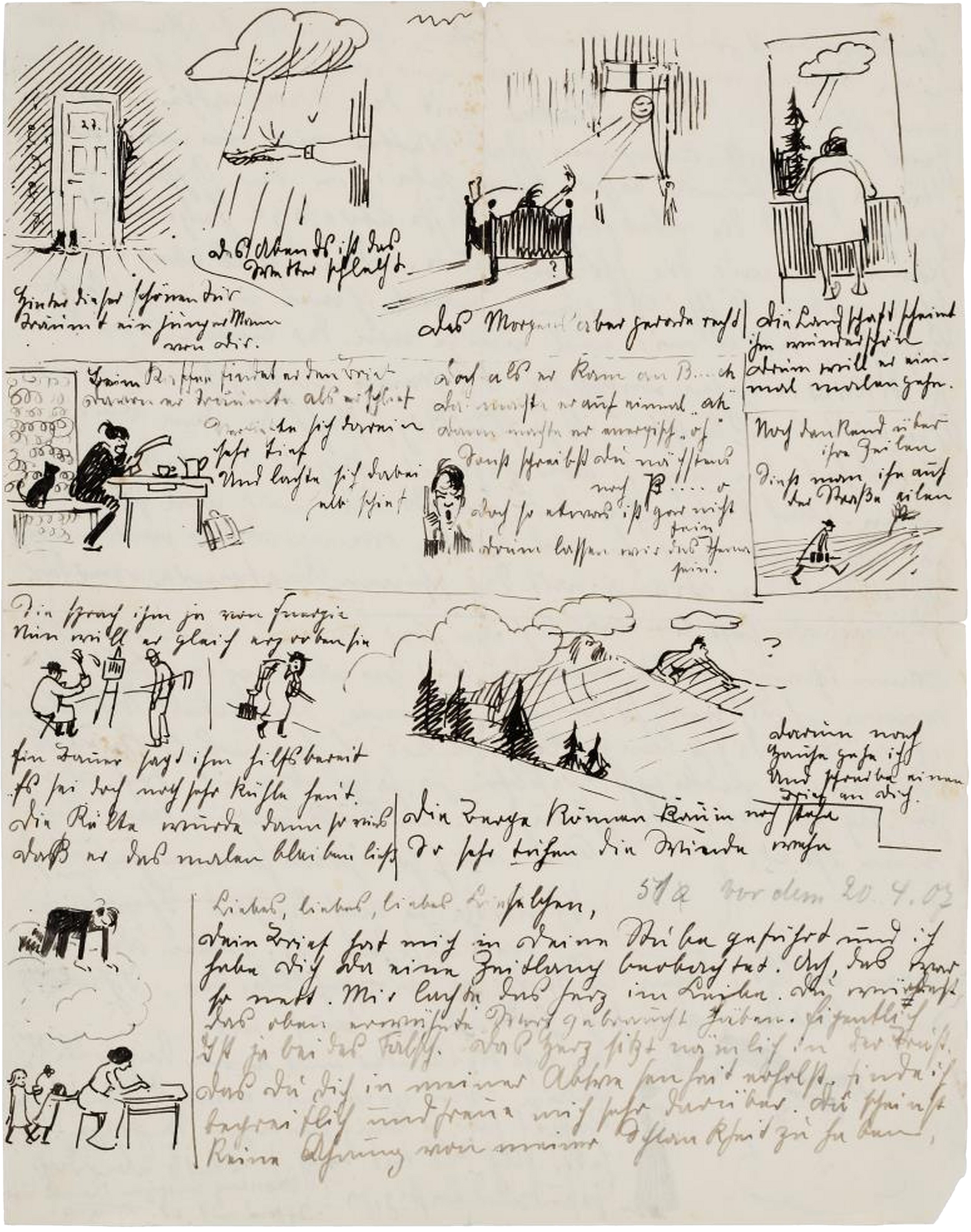
Behind this beautiful door
A young man dreams / of you
In the evening the / weather is bad.
But in the morning it's just right.
The landscape seems / beautiful to me
So he wants to go and paint.
With his suitcase he finds the letter
What he dreamt of when he was asleep
He fell in love / very deeply
And laughed himself / half crooked.
August Macke, Letter from Kandern to Elisabeth Gerhardt with pen and ink drawing, before 20 April 1907, LWL-Museum für Kunst und Kultur, Macke-Archiv
August observed people closely before he painted them. Among his preferred motifs is that of a woman holding a little boy by the hand, like in this painting.
August liked to paint walkers. Their faces usually don’t have a distinctive character because he was more concerned with the general atmosphere of the scene.
What do you think:
could this be Elisabeth and her son Walter? And look at the colours: what season did August intend to show here?
Which colours would
you choose? Try it out for yourself right now!
Game 01
Play of Colours

Teamwork:
Franz Marc
In January 1910, August saw some paintings of animals by
Franz Franz Moritz Wilhelm Marc, born in 1880, is today considered one of the most important German painters. He co-founded Der Blaue Reiter (“The Blue Rider”), a group of painters who were mainly interested in colour, expressions and the simplification of the motifs. Marc was killed in 1916 during the First World War. in an Munich gallery. He liked them so much that he asked for the painter’s address and knocked on the door of Franz’s studio shortly thereafter. The two artists immediately hit it off and wrote to each other regularly, mostly about painting. What is your favourite topic when you talk to your best friend?
Franz didn’t intend to render animals as we see them, but rather asked himself:
“How does a horse, an eagle, a deer or a dog see the world?”
Art transfer
Oh, là, là:
Robert DelauneyThe Frenchman Robert Victor Félix Delaunay (1885–1941) not only painted, but also wrote a lot about fine arts. His paintings are abstract, which means that they do not try to represent the appearance of people, animals or things. Delaunay was more concerned with rendering ideas in his works. His wife Sonia was also an artist.
A great role model for August was Robert Delaunay. His paintings were quite different from anything he knew. "The Windows on the City" is the name of this painting by Robert, whom August met in Paris. Look closely at the painting and try to make out a famous Paris monument!

Robert deconstructed the view of the city
city from the window as if looking through a kaleidoscope
(a toy to look through to see patterns of light).
Source:
Letter from Franz Marc to August Macke, Sindelsdorf, 9 August 1910, in: Franz Marc, August Macke, Briefwechsel, Cologne 1964, p. 16–17.
“Today we went to Delaunay and his wife. Very nice people. They also have a baby.”
August enthusiastically informed his wife on 2 October 1912.
August implemented the ideas gathered during his stay in Paris in his own works, as seen in this painting that shows a display window with bright colours and reflections on the panes. Look at the woman with the green coat and blue umbrella, leaning forward slightly as if she sees something that she would like to buy.
How about you? Do you have a keen eye for details? Do you recognise the woman in the game that follows?
Game 02
Dear Lisbeth
August’s works increasingly featured geometric forms that were not intended to represent any actual object or person. His careful attention to colours and forms enabled him to create a new type of works: his paintings had become abstract.
He was in contact with several other artists and travelled a lot, thanks to the financial support of Elisabeth’s uncle.
On the way to art:
Paul KleePaul Ernst Klee (1879–1940) was a painter and graphic artist who incorporated modern art concepts into his works. He became very successful after travelling to Tunisia with August and Louis. and Louis MoillietLouis Moilliet (1880–1962) was a Swiss painter and stained glass artist who knew Paul from the grammar school they attended together. He met August and Elisabeth when they stayed at his mother’s boarding house in Bern during their honeymoon.
August travelled to Tunis in the spring of 1914 with PaulPaul Ernst Klee (1879–1940) was a painter and graphic artist who incorporated modern art concepts into his works. He became very successful after travelling to Tunisia with August and Louis.Paul Ernst Klee (1879–1940) war ein Maler und Grafiker, der in seinen Kunstwerken die verschiedenen Ideen der modernen Kunst aufnahm. Nach der Reise nach Tunesien mit August und Louis hatte er seinen großen Durchbruch als Künstler. and Louis.Louis Moilliet (1880–1962) was a Swiss painter and stained glass artist who knew Paul from the grammar school they attended together. He met August and Elisabeth when they stayed at his mother’s boarding house in Bern during their honeymoon.Louis Moilliet (1880–1962) war ein Schweizer Maler und Glasmaler. Er kannte Paul bereits aus dem Gymnasium. August lernte er in Bern kennen, wo August und Elisabeth während der Hochzeitsreise in der Pension seiner Mutter wohnten.They wrote postcards and letters and Paul kept a diary of his journey to the North African country. August had a camera with him. The three artists sketched and painted during thei excursions, so that we have a rich artistc record of their trips.
Trip to Tunis
Source:
Letter to Bernhard Koehler, Hilterfingen, 15 January 1914, in: August Macke, Briefe an Elisabeth, published by Werner Frese and Ernst-Gerhard Güse, Munich, 1987, p. 315f.
Of course August wanted to go to Tunis. Elisabeth had raved to him about a visit there. One problem, however, was the travel costs, which he could not pay alone. Fortunately, Uncle Bernhard gave him 500 marks, which was a lot of money in those days.
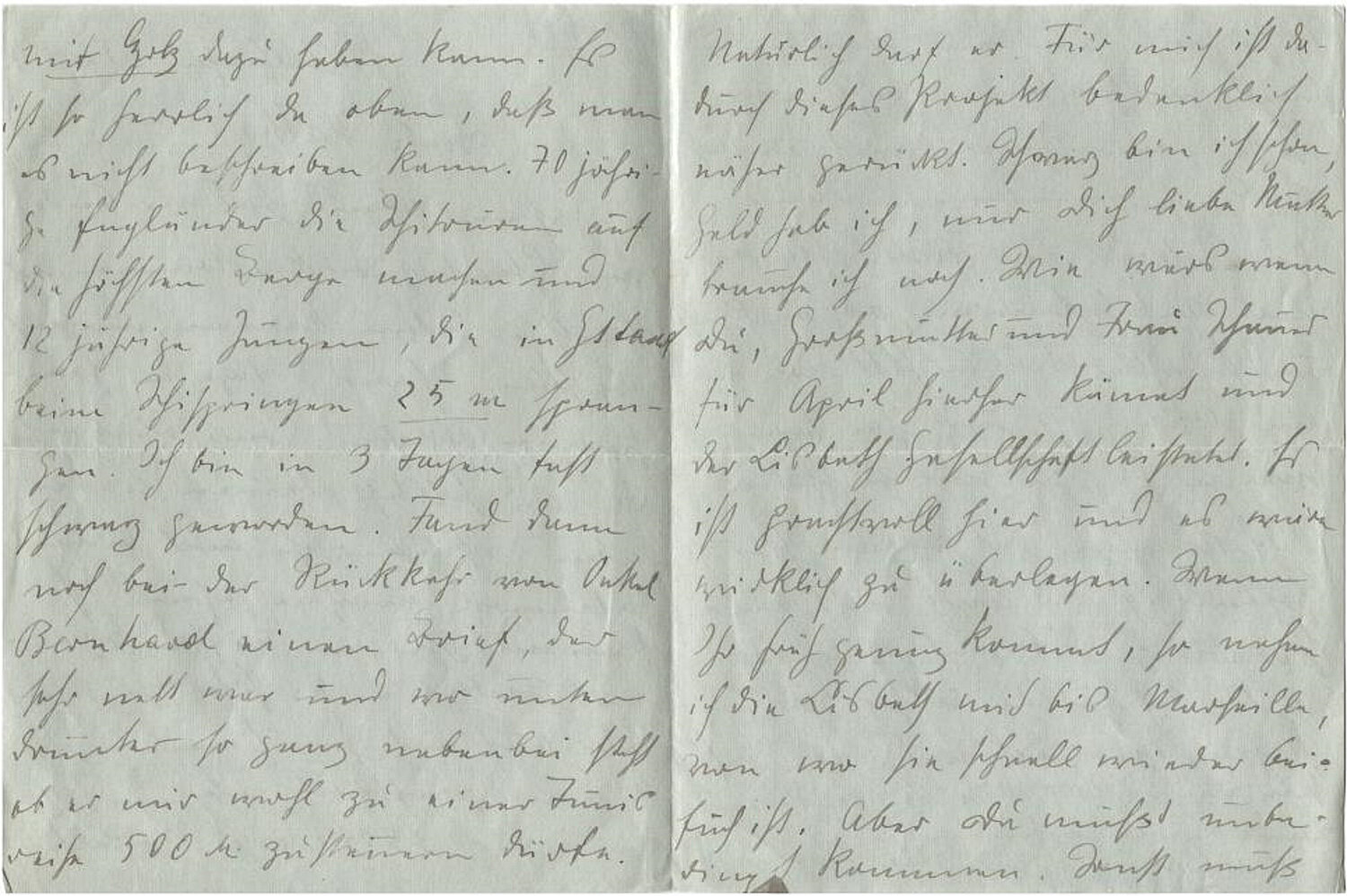
“I found a very nice letter from Uncle Bernhard when I returned. At the end, he asked just by the way if he could contribute 500 marks for a trip to Tunisia.”
August Macke, letter to Sophie Gerhardt, 2 February 1914, LW-Museum für Kunst und Kultur, Macke-Archiv
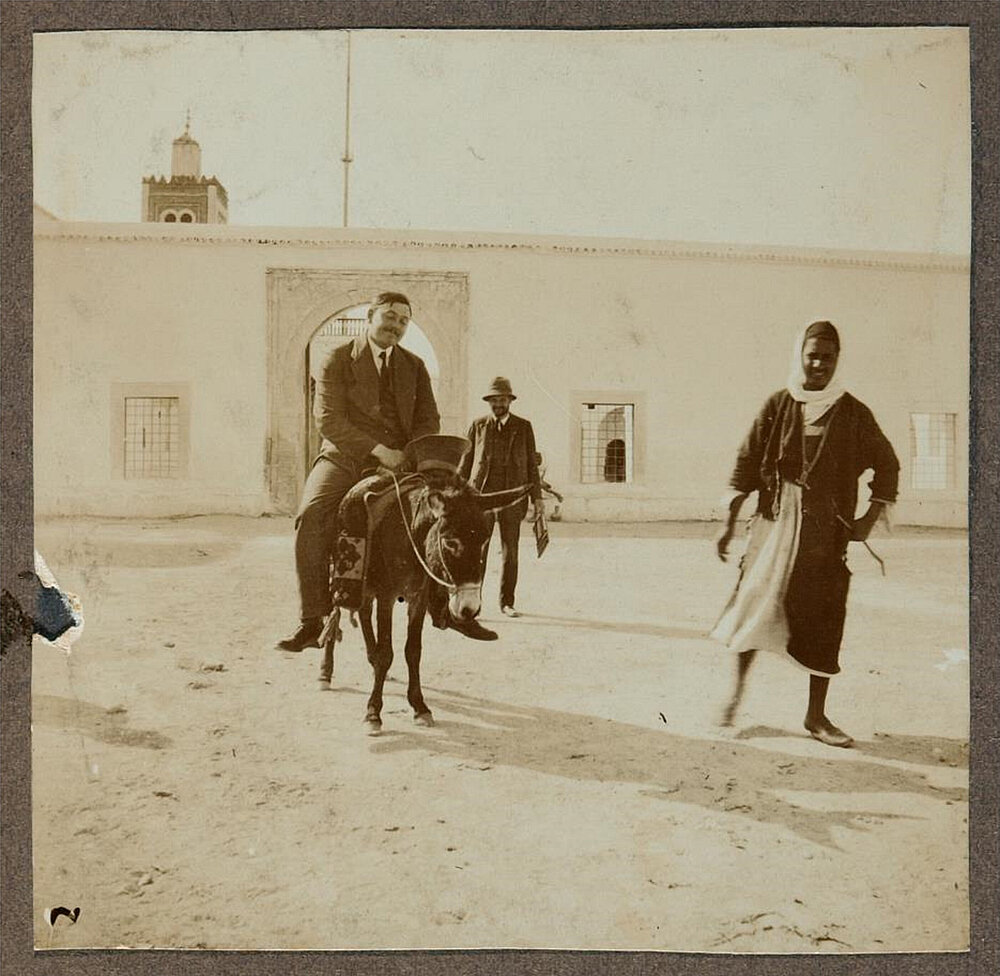
Well, who is too lazy to walk?
August Macke (in Tunisia) riding a donkey, Paul Klee in the background, 1914, photography, LWL-Museum für Kunst und Kultur, Macke-Archiv
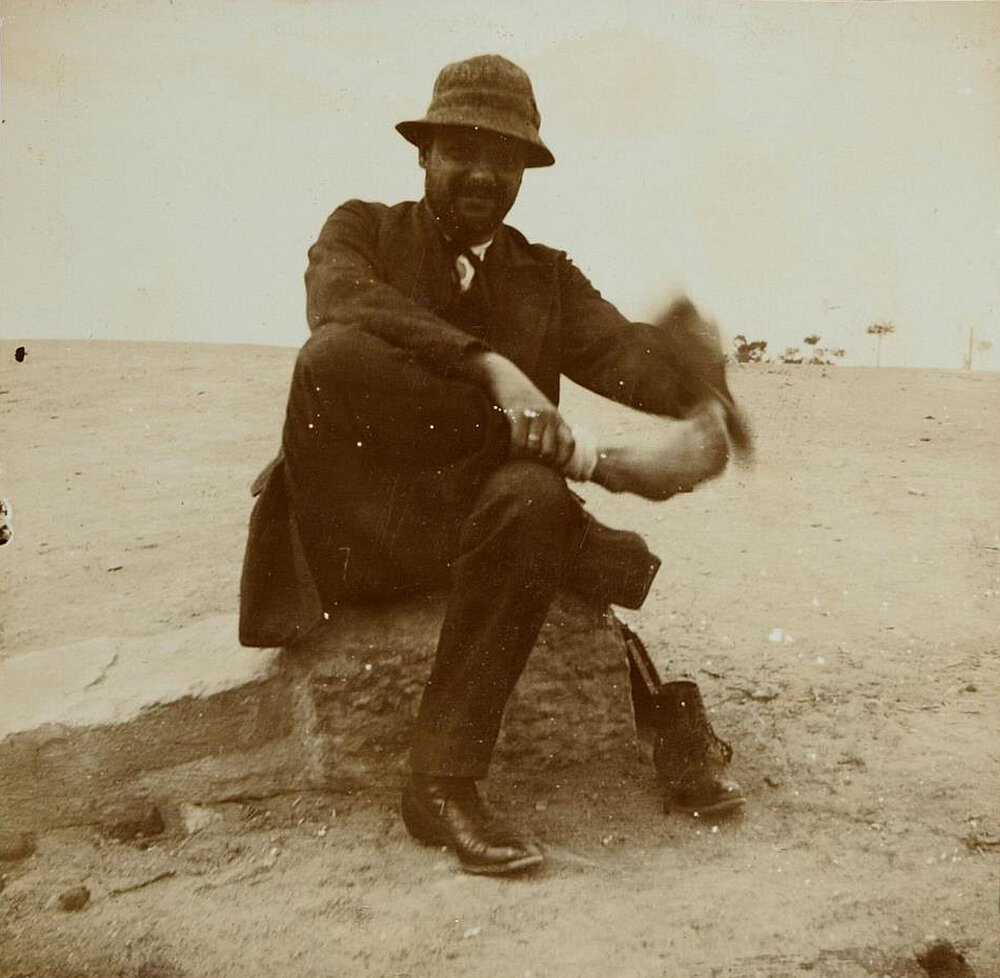
Paul removing sand from his shoes.
Paul Klee, photo album Tunisreise 1914, sheet 13 (reverse), photography, LWL-Museum für Kunst und Kultur, Macke-Archiv

Louis relaxing in a deck chair on the steamship. He functioned as a guide for his friends in Tunisia as he already knew the country from previous trips.
Louis Moillet on the deck of the steamboat in a deck chair, photography, LWL-Museum für Kunst und Kultur, Macke-Archiv
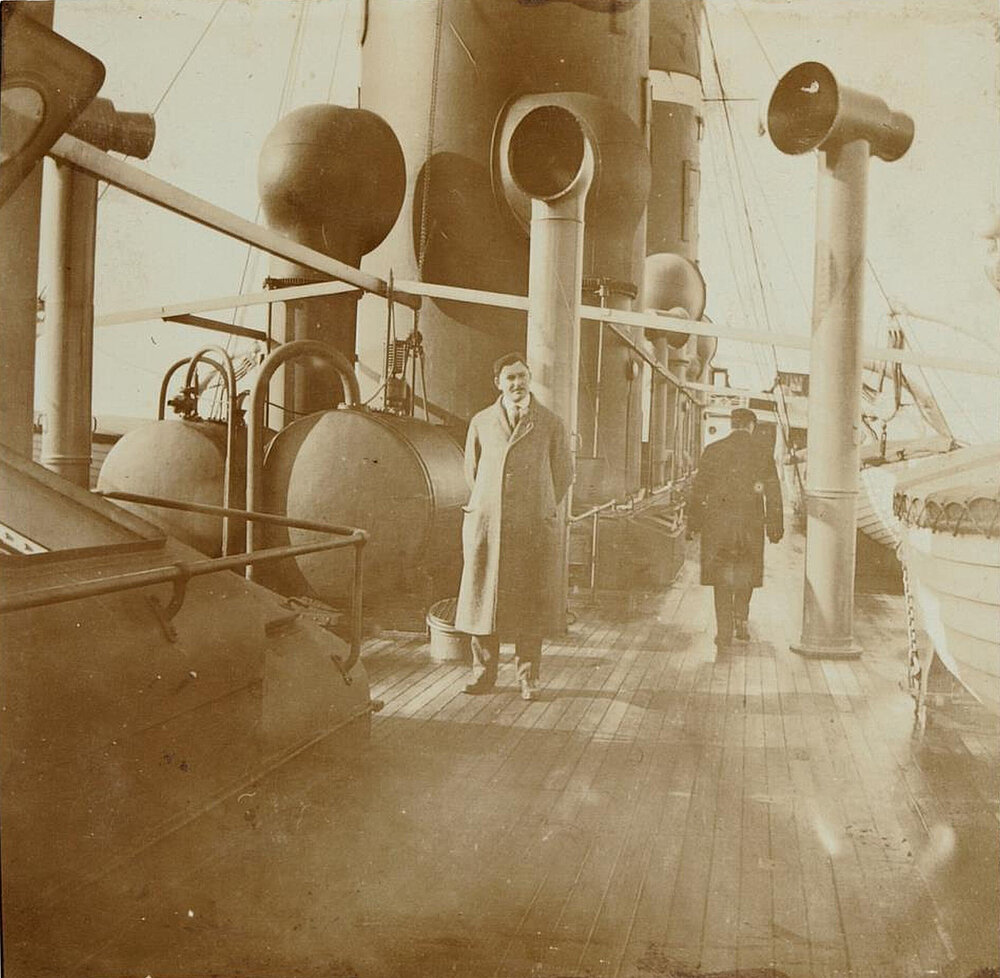
August standing on the deck of the steamship during the crossing from France to Tunisia.
August Macke, standing in a coat on the deck of the steamship "Carthage" during the crossing to Tunis, 1914, photo album Tunisreise, sheet 5 (front), photography, LWL-Museum für Kunst und Kultur, Macke-Archiv
Paul described in his diary how they rode donkeys and made nonsense.
Audio-Source:
Die Tunisreise. Klee, Macke, Moilliet, Exhibition catalogue Münster, Westfälisches Landesmuseum für Kunst und Kulturgeschichte, 12 December 1982–13 February 1983, published by Ernst-Gerhard Güse, Stuttgart 1982, p. 49
August painted this picture of the harbour as if standing in the middle of the crowd.
Source: August in a letter to Elisabeth, 10 April 1914, in: August Macke, Briefe an Elisabeth, published by Werner Frese and Ernst-Gerhard Güse, Munich, 1987, p. 322.
The three friends were touring,fascinated as theyseehow the colours change and become much more intense under the African light. Discover the magic of coloursherjain the game that follows.
Game 03
Trip to Tunis
"The colour enthrals me.[...] It will enthral me forever, I know it. This is the discovery in that happy hour: I and the colour are one. I am a painter."
Paul noted in his diary.
August also was completely enthralled by the Tunisian light. He had to hurry quite a bit when painting in watercolours because they dried very quickly in the North African heat.
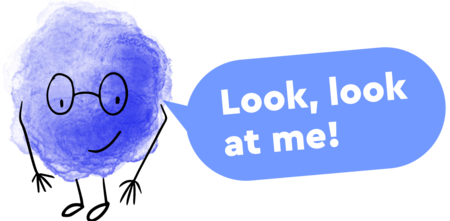
A sun-drenched view of the harbour.
He painted this picture of the harbour with just a few strokes. A donkey is hiding in it. Did you spot him right away?
The three artists worked like mad during their fourteen-day trip to Tunisia. August, who created thirty-seven watercolours and many drawings in Africa, used them and various photographs as a basis to create paintings at home. Paul did the same.
Today, experts consider that the artists' trip was a stroke of luck as it led to one of the climaxes of modern art.
Thus a holiday trip among friends became one of the most important journeys in the art world.
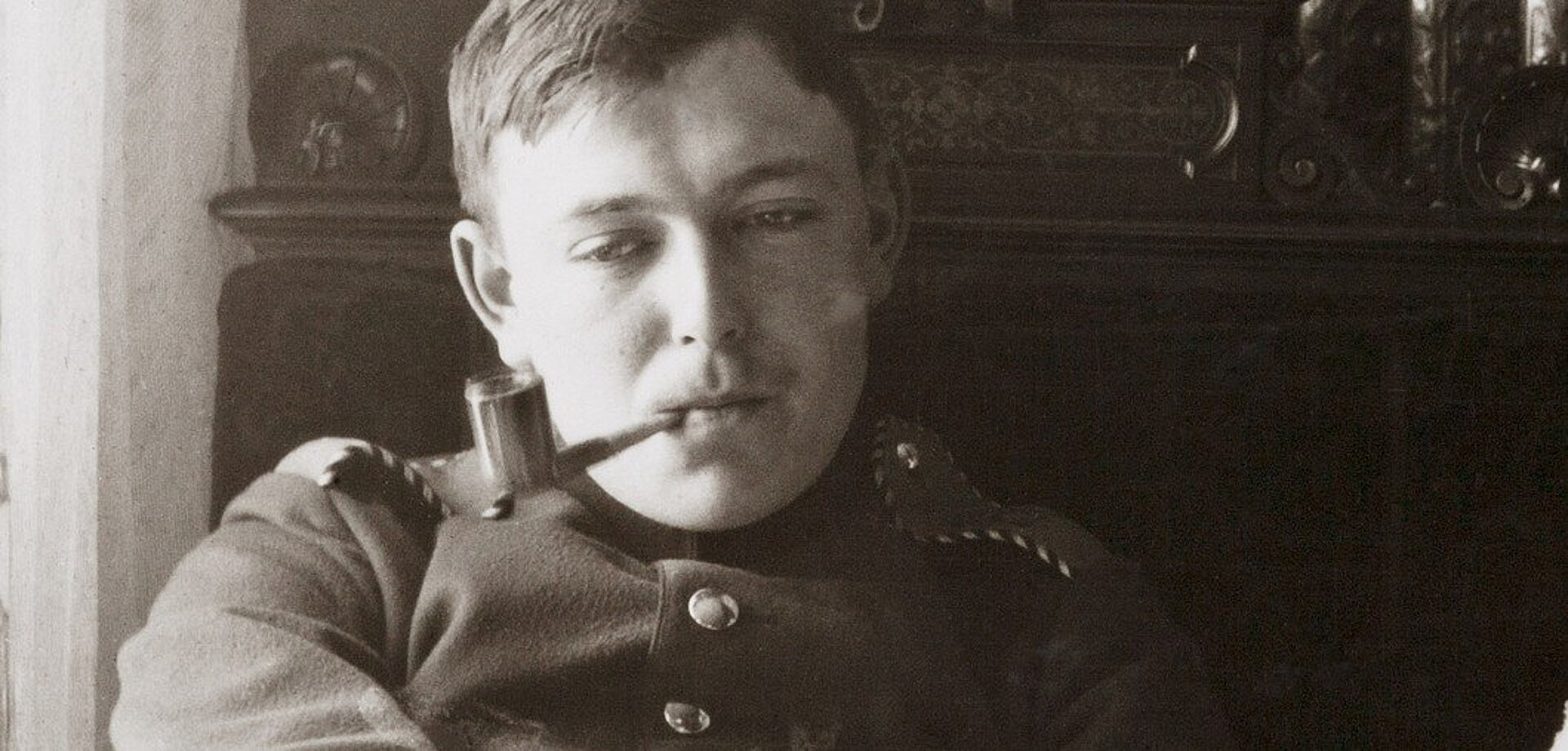
Back home in late April 1914, August immediately began to turn his sketches and watercolours into oil paintings.
Unfortunately, he did not have much time to work, as he joined the army when the First World War broke out and was killed in September of the same year
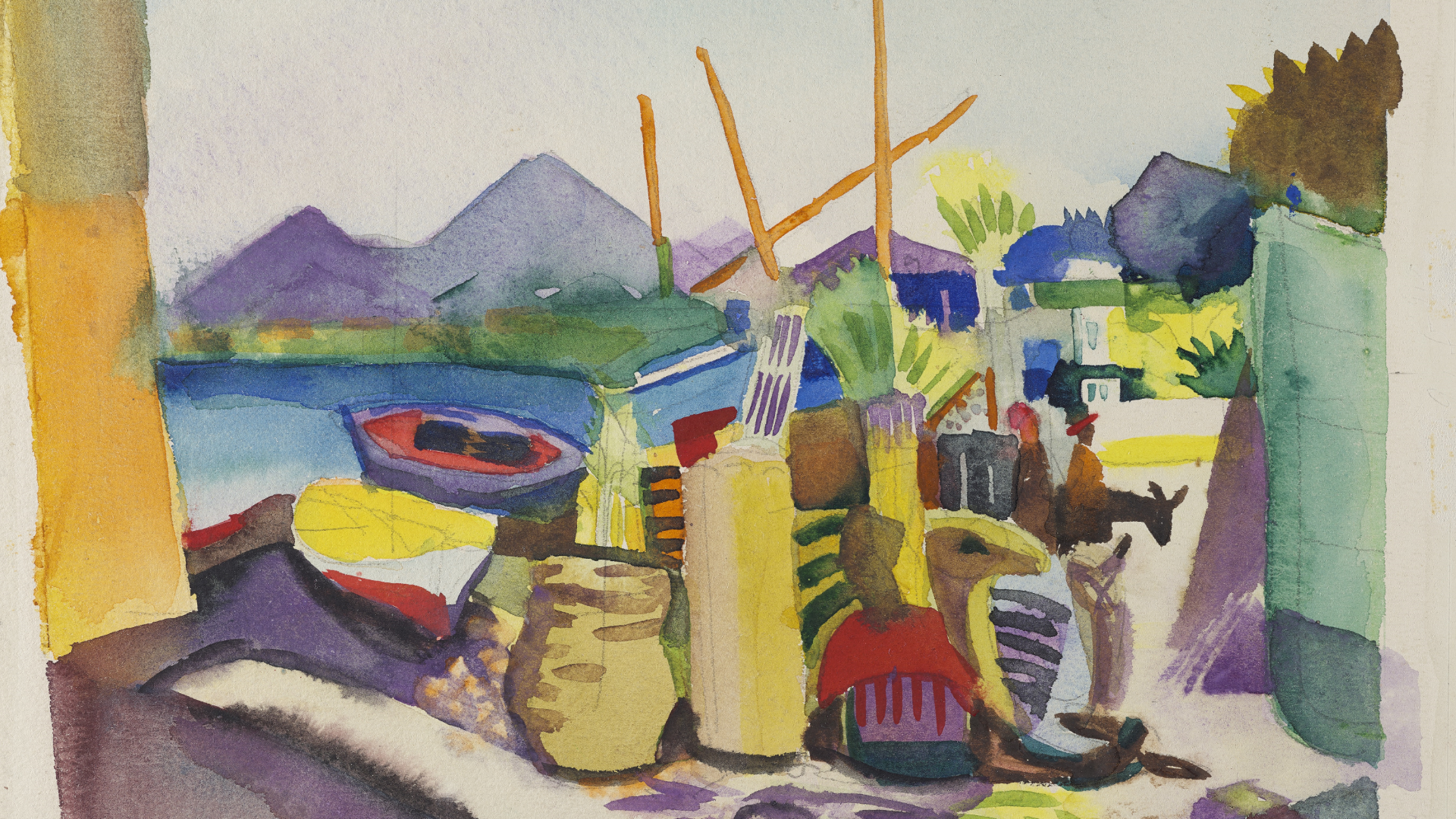


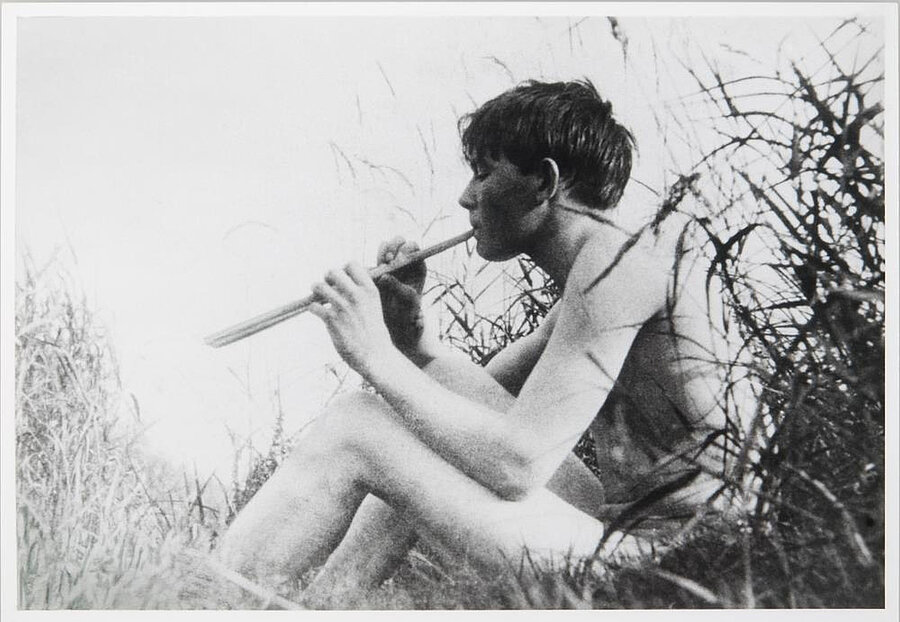
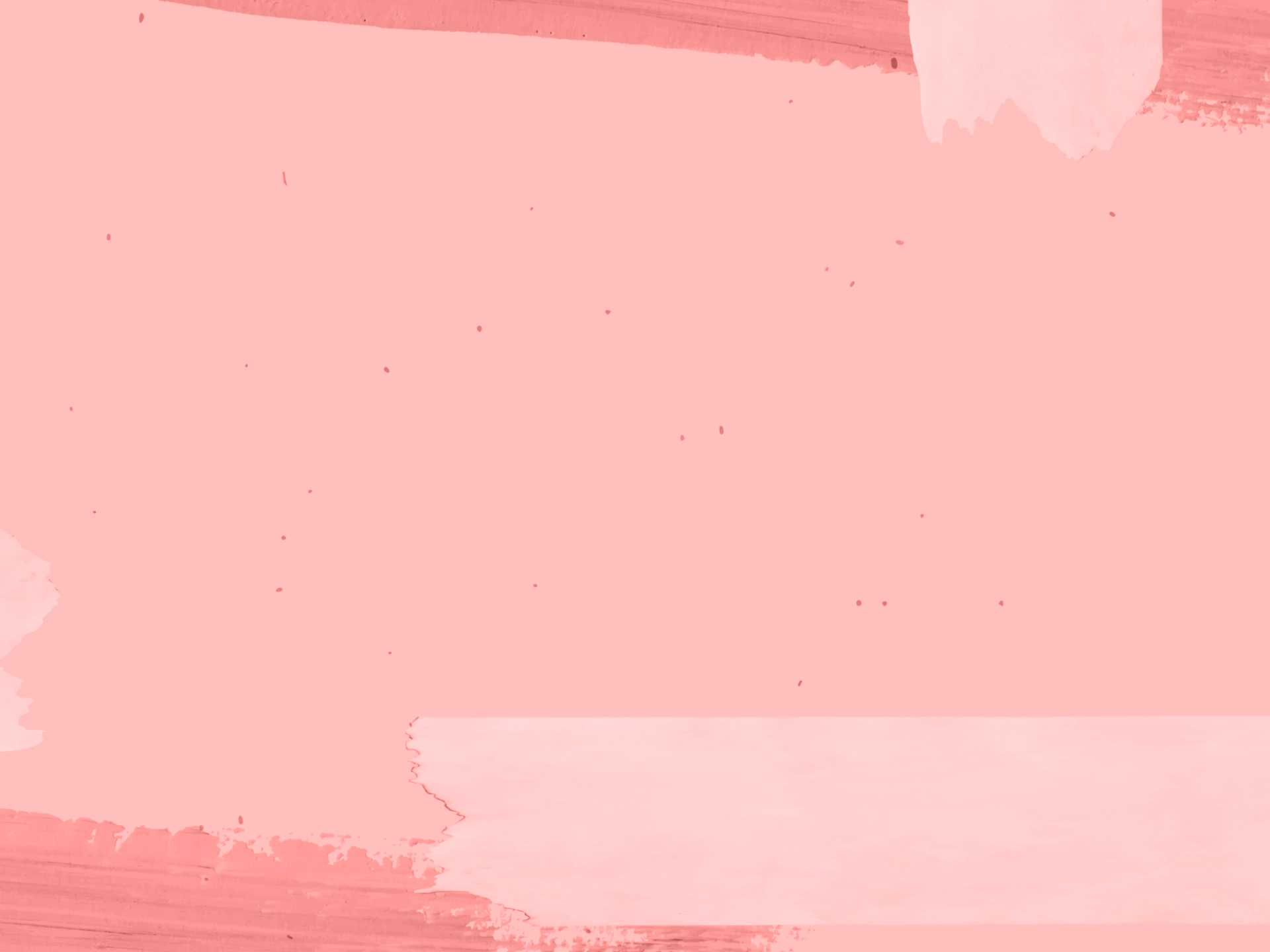
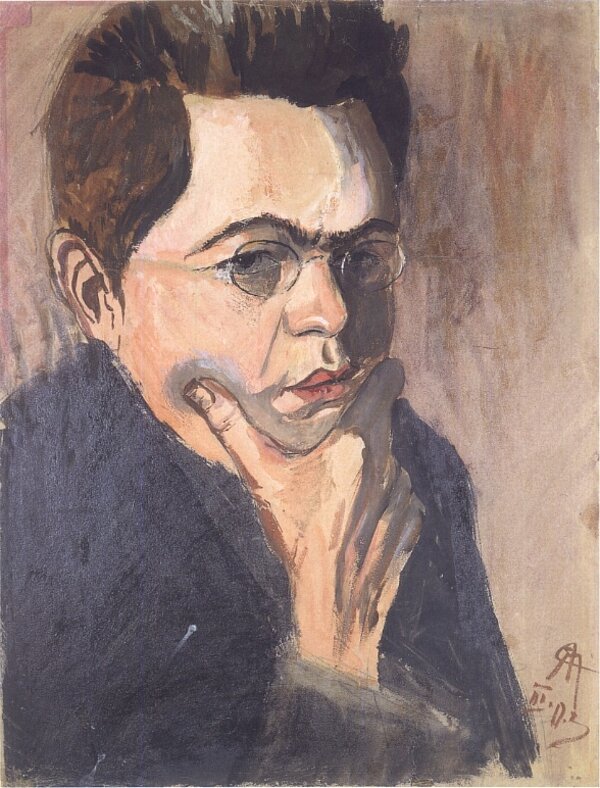
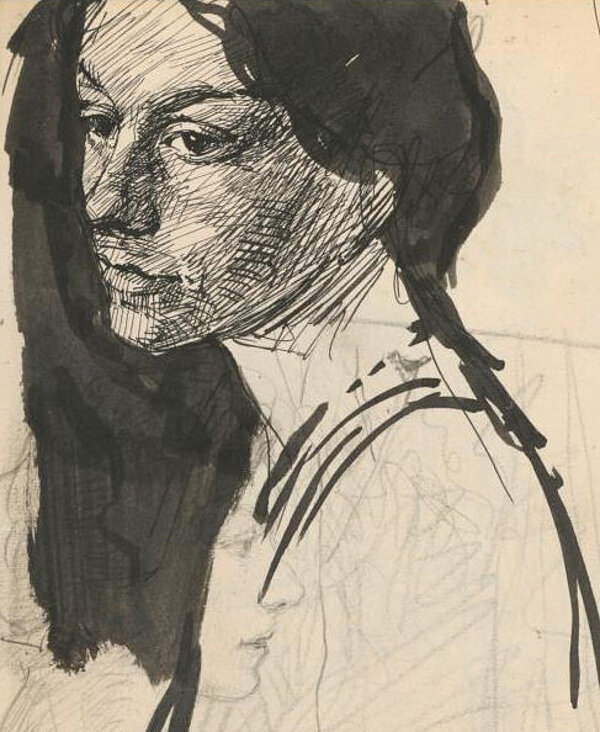
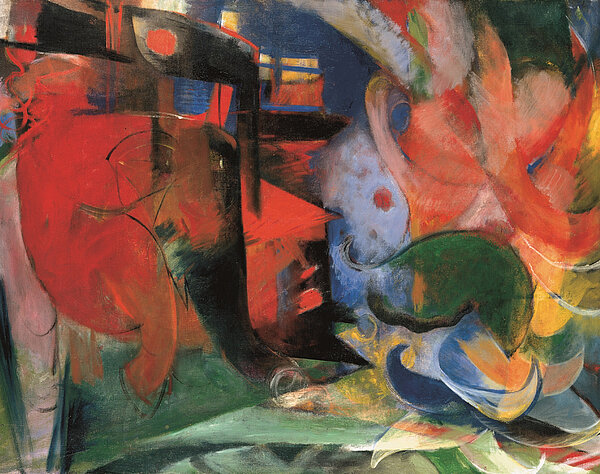

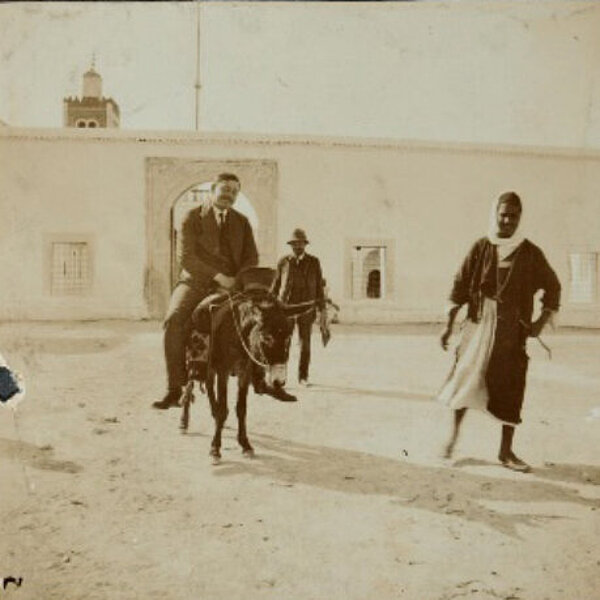
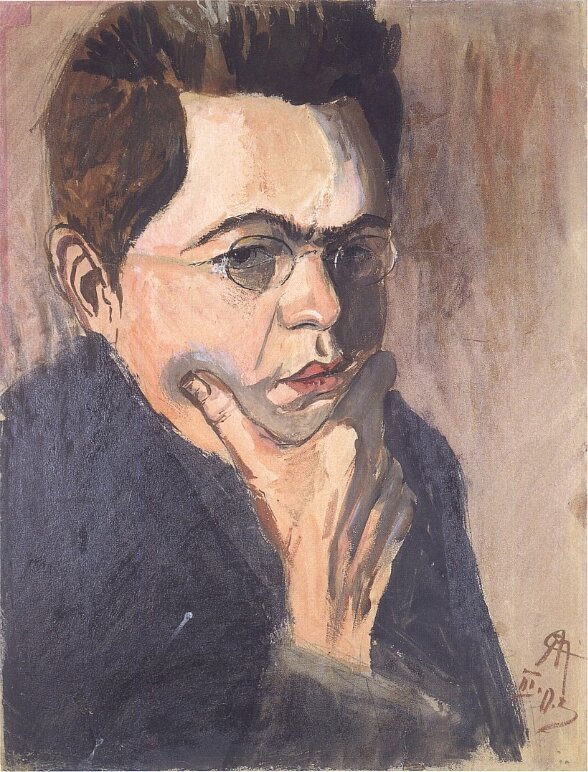
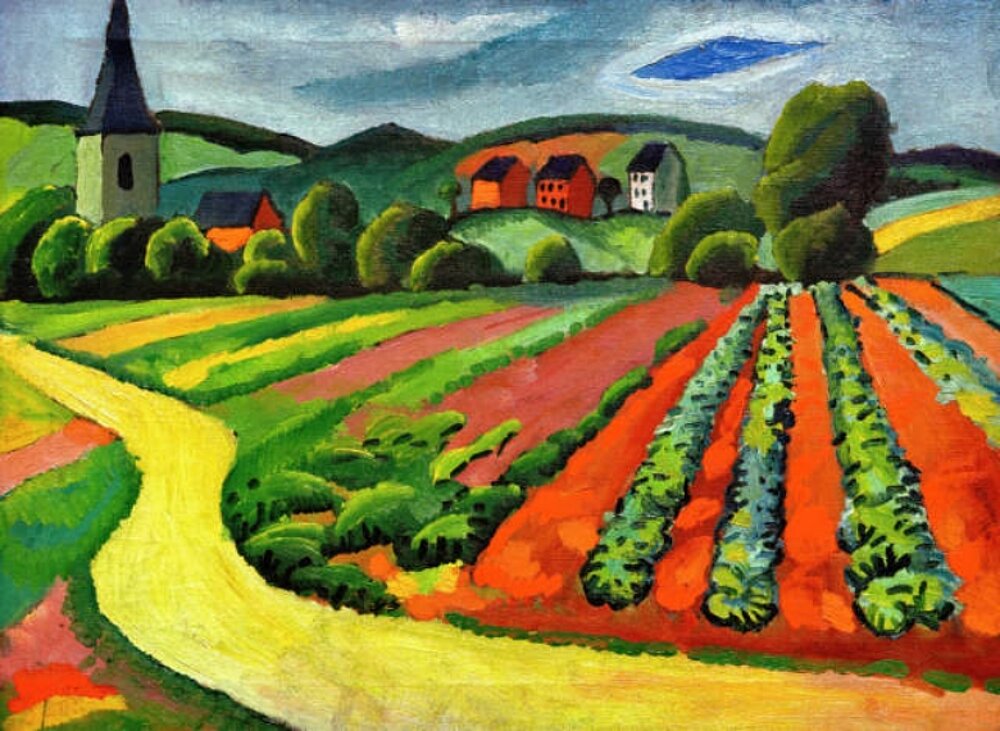
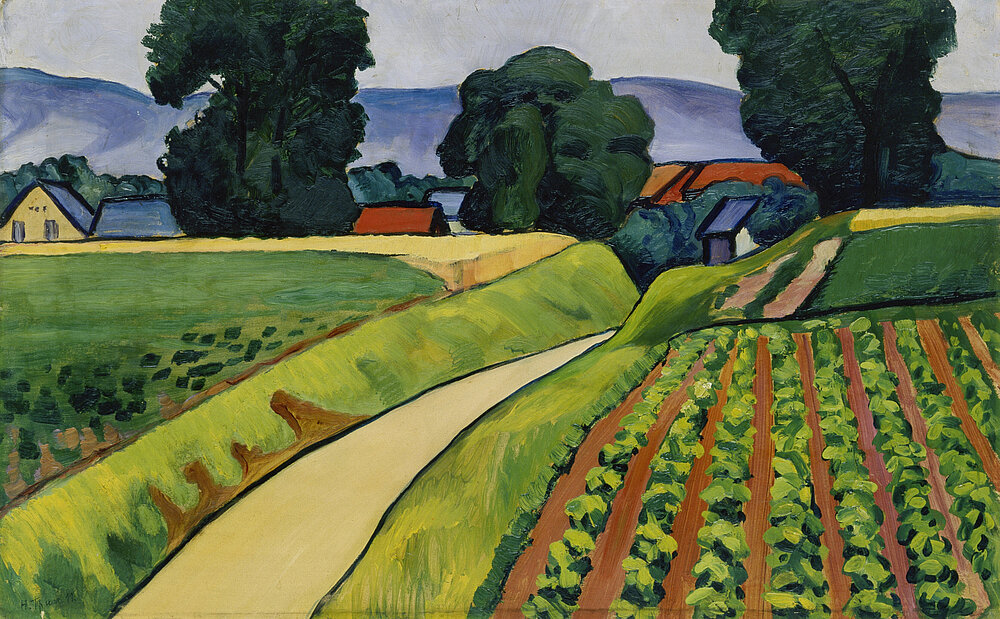

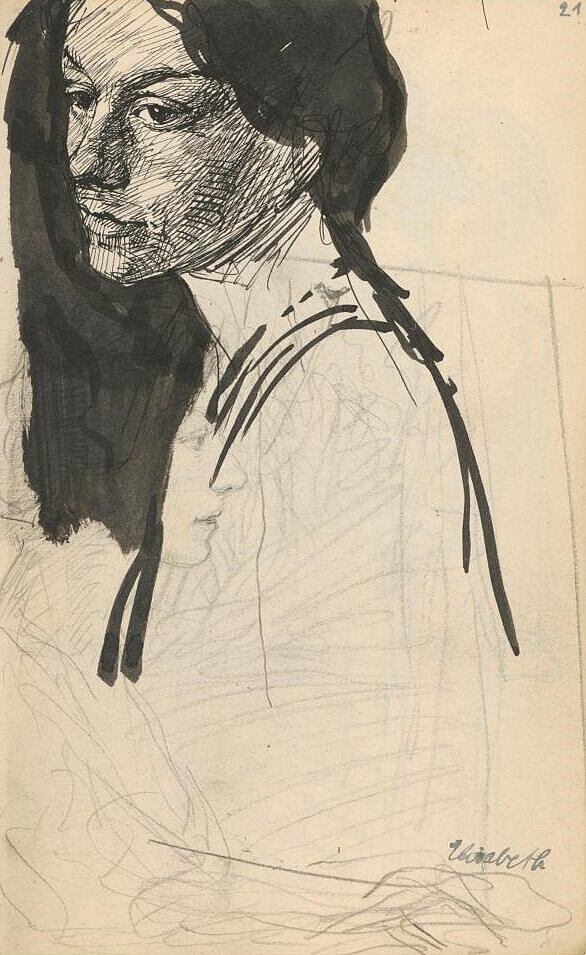
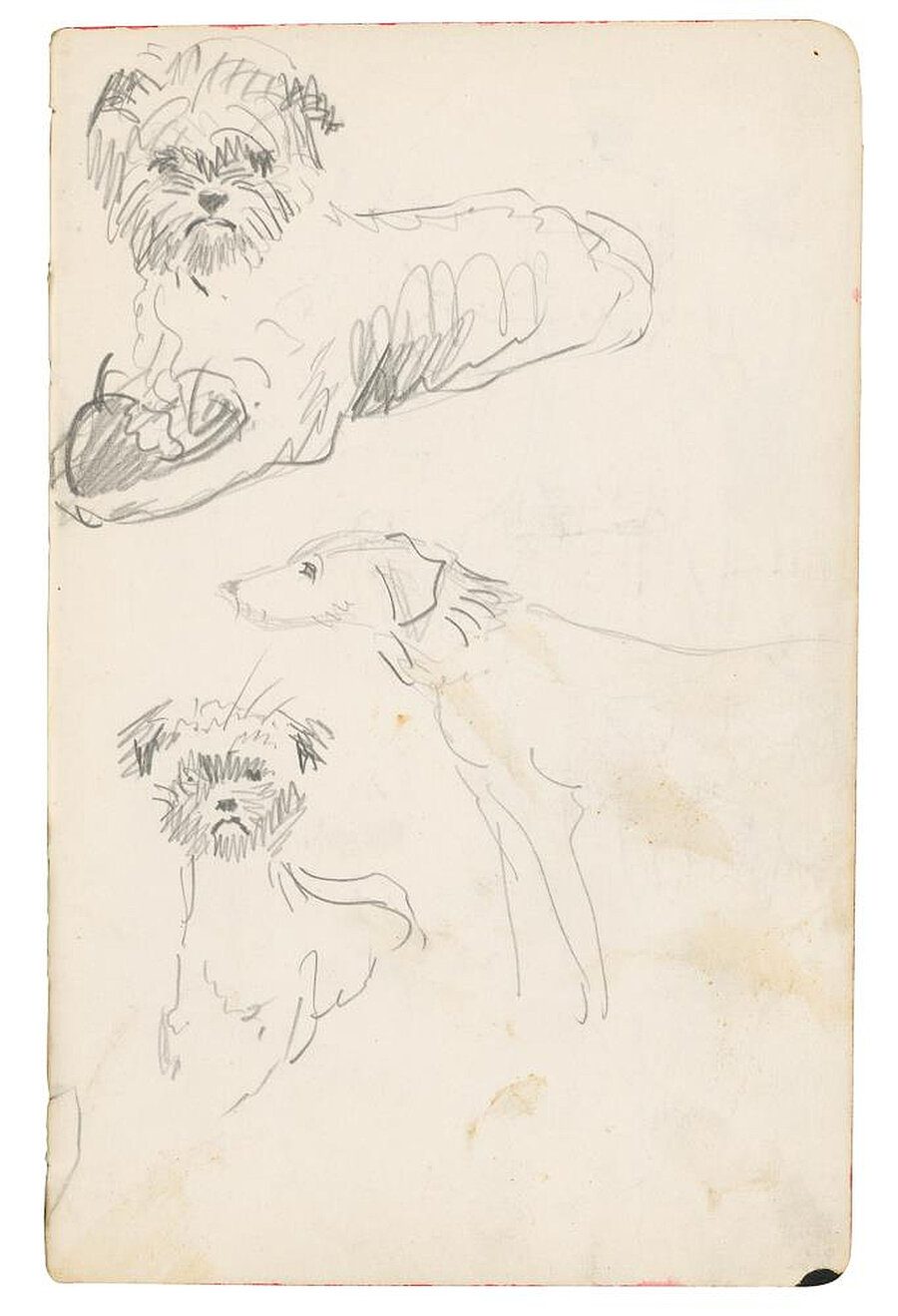

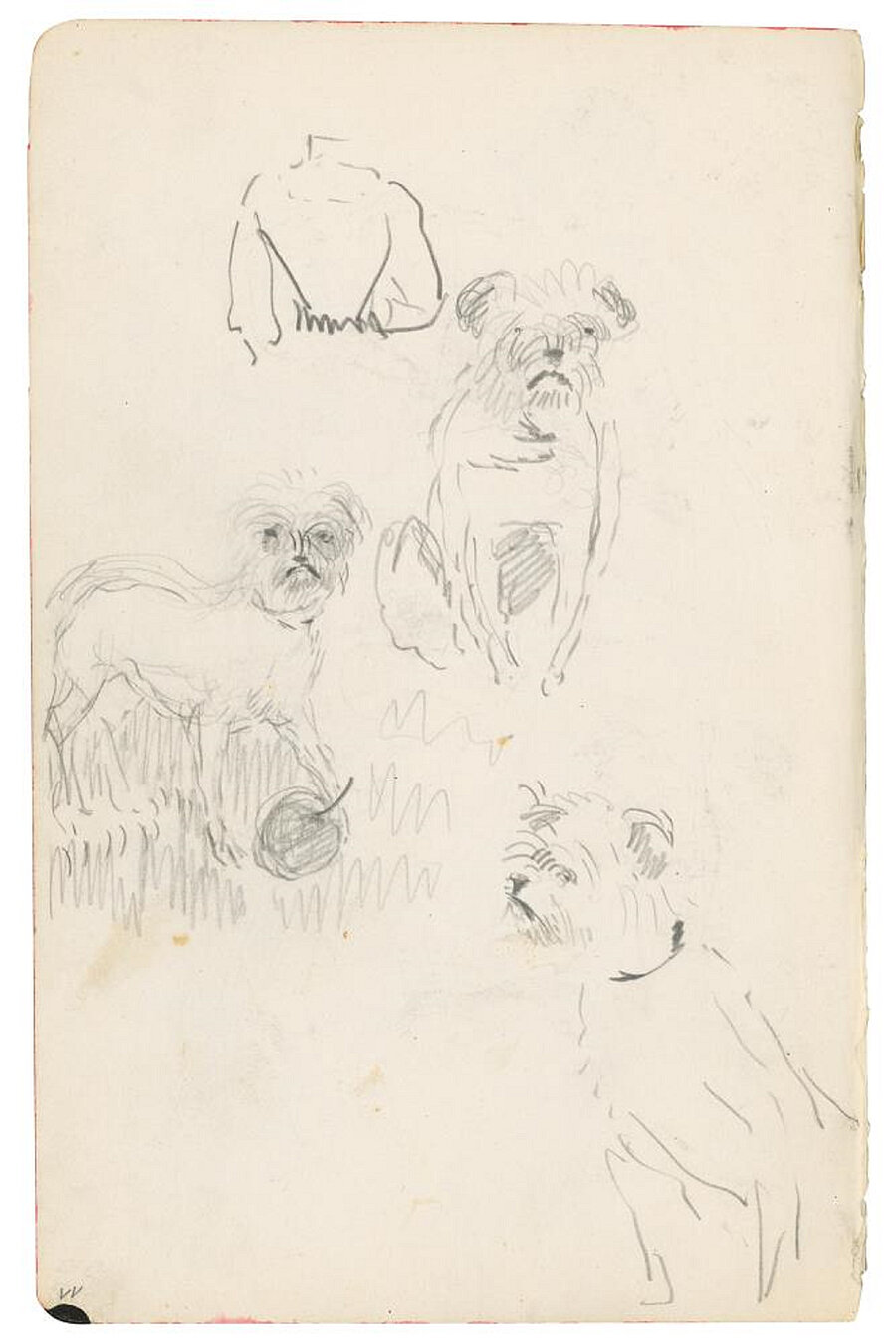






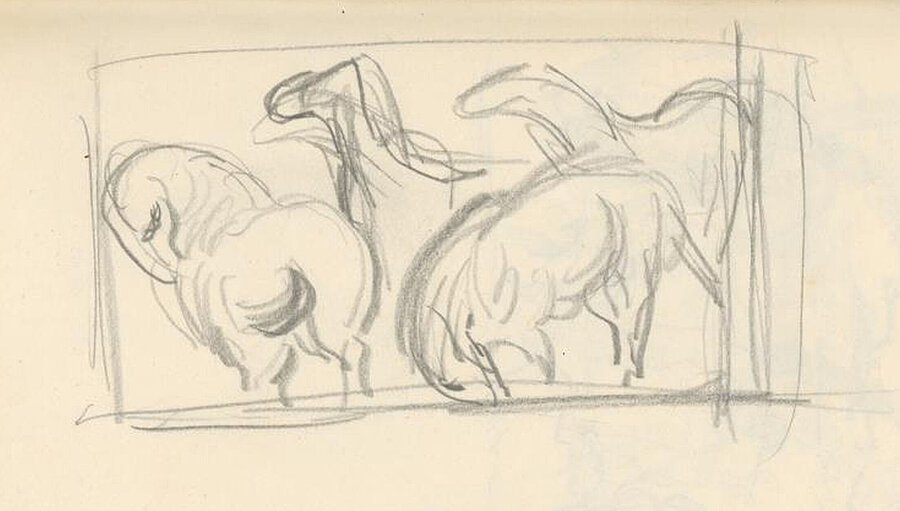
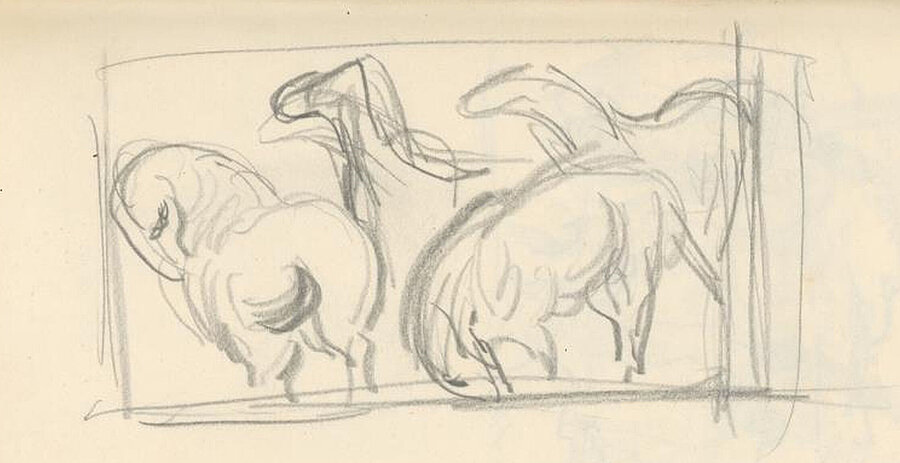
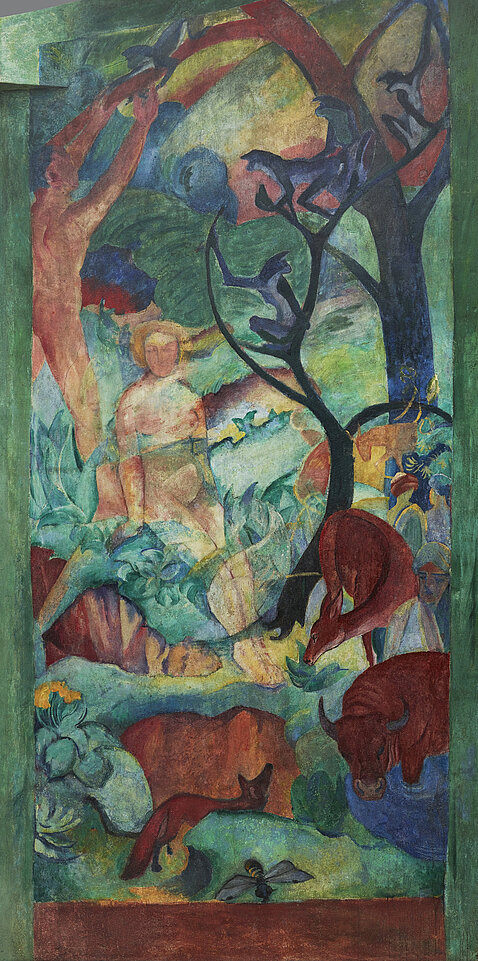




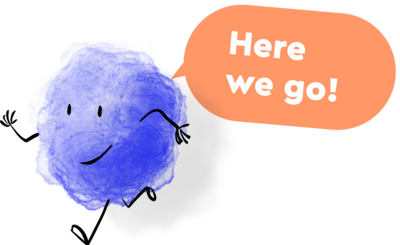



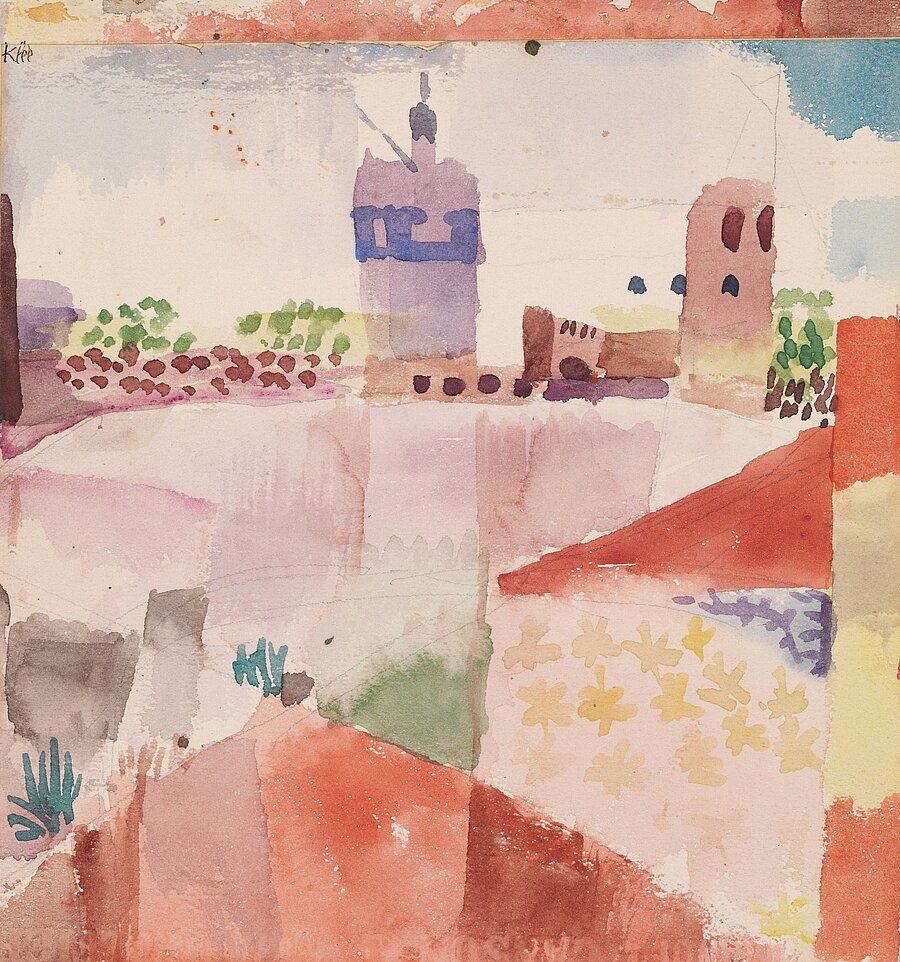


![[Translate to English:] Teilen Sie uns via Mail](/fileadmin/co_theme/Default/Media/Icons/Mail.svg)








